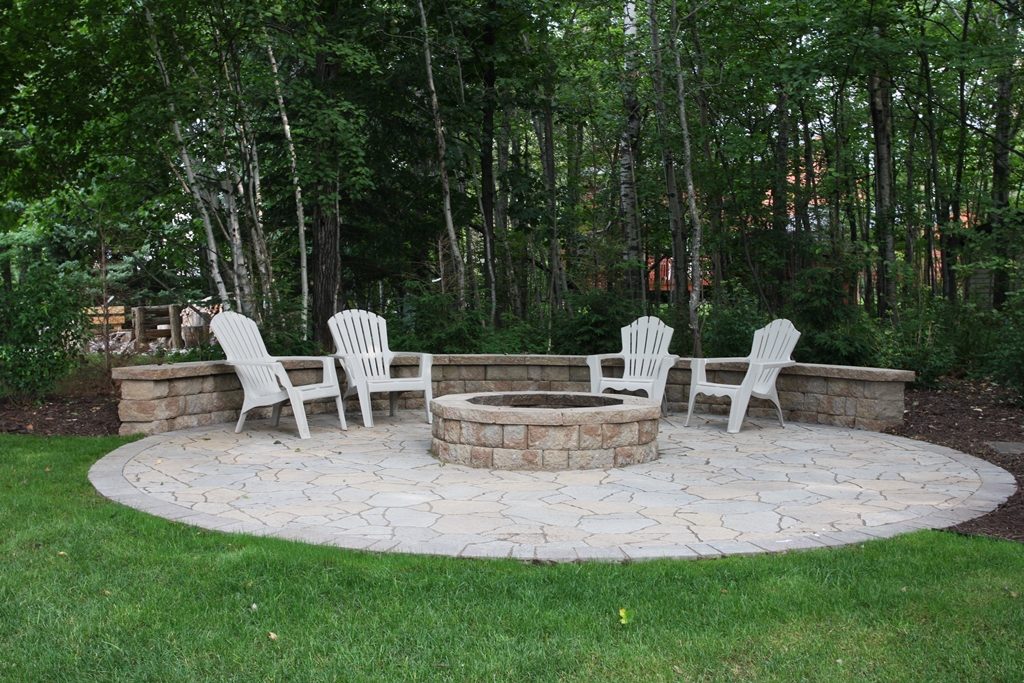6 Tips for Growing Grass in the Shade

With summer here, we’re all working for a luscious green lawn that we can be proud of! It’s one of the first things that people notice and what many of us don’t want people to notice are large patches of ground where the grass refuses to grow. Oftentimes those spots are located in the shade. It might feel like no matter what you do, the grass just won’t stay. If this is a common problem for you, keep reading for the solution you need!
Why grass won’t grow in the shade
Whether you have a very shady yard, or you just have a few spots that are constantly getting shade, you’re likely facing problems with growing your grass. This happens due to the fact that most varieties need a lot of light in order to grow nice and lush. When grass doesn’t get 4-6 hours of full sun, it might not grow at all or the grass that is growing looks thin and scraggly.
So, what can you do to fix this problem?
How to get grass to grow in the shade
1. Prune your trees
HGTV notes that one easy way to get grass growing under your trees is to prune back the branches. Pruning the canopy will thin out the number of leaves and branches blocking the sun from getting to the ground. Cutting back the lower branches (also called “limbing up”) will also allow more opportunities for light to slant through and reach your grass!
2. Balance the soil
Part of the reason that your grass may not be growing well is due to an imbalance within your soil. So, before planting new grass in these shady spots, it’s important to fix this issue. Great ways to restore this balance include aerating the soil, restoring the soil pH (which needs to be neutral or slightly acidic), and adding fertilizer and nutrients for the grass.
3. Find grass seed that grows well in the shade
While you’re not going to find grass that will grow in complete shade, there are some grass seed varieties that will do better in partial shade than others. And if you’ve taken the time to prune back the branches and bring balance to your soil, these varieties should do just fine:
- Perennial Ryegrass
- Kentucky Bluegrass
- Tall Fescue
- Kentucky Bluegrass/Rough Bluegrass mix
- Perennial Ryegrass/Fescue mix
- Tall Fescue/Kentucky Bluegrass mix
4. Plant the grass seed correctly
Scotts notes that prior to planting your grass seed, you should rake up the top of the dirt in order to ensure that the soil is nice and loose for the seeds to take root. Additionally, you should be laying your seed down with a drop spreader. Using this tool will allow your grass seed to be spread evenly and overlapping will ensure “adequate seed coverage.”
5. Find a good watering schedule
Grass seeds require the soil to stay nice and moist. So, in order to get your new grass to grow, you’ll want to ensure that you’re watering it at least 2 times a day until the grass is finally at a height to mow. After that, you can cut back to a less rigorous watering schedule. It’s important to remember that the trees that your grass is growing around will also want food and water. So, make sure that you’re providing this new grass with plenty of water and regular fertilizing!
6. Don’t mow too short
Nutrients are stored within the grass and keeping the grass at a longer length will ensure that it’s getting enough energy to grow. Be sure to keep the grass at least half an inch longer than you would in the sunny areas. Your grass will likely not come back if it’s scalped. Another tip to keep this grass happy and healthy is to avoid mowing when it’s too hot outside!
Following these easy steps will give you the beautiful yard of your dreams! Contact us to talk about your landscaping and design needs today!

